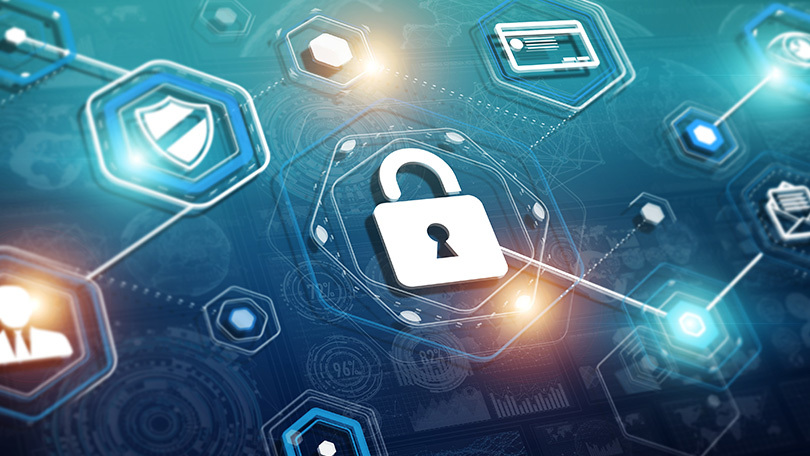Protecting Your Company’s Devices: 4 Things You Need to Know

When it comes to business security, the chain is only as strong as its weakest link. That’s why many businesses invest many resources in securing their equipment, real estate, and other important assets. If you think you’ve secured your business from external threats, think again. Some people are so preoccupied with outside threats that they rarely consider what’s happening inside the company. I’m talking about the employees.
Employees are any company’s greatest security risk. The more employees you have, the more chances there are for a security breach. Just think about all the devices that connect to your secure network. And with most people working from home, you have little control over these devices. A threat actor only needs to breach your network once to gain access to your data. Meanwhile, you have to be constantly on guard for attacks.
Your network holds the key to your most valuable assets, including customer information, trade secrets, and proprietary data. The individual devices may also hold your employees’ personal data, such as their bank records and social media accounts. There’s only so much you can do to protect your network. If a device breaks, you can always consider iPhone screen repair. But all the security systems in the world can’t protect against accidental loss or theft.
Every employee is responsible for the company devices they use. Here are a few tips that will help prevent data theft and loss.
- Order your employees to use strong passwords
All the security measures in the world won’t work if you don’t use common sense. One of the best ways to secure your devices is also the simplest: using strong passwords. We often see people reusing the same string of letters and numbers for their devices. You need to crack down on this trend. If a threat actor successfully targets an employee with the right kind of access they’re looking for, mayhem could ensue.
For starters, you can take combine biometric and two-factor authentication to secure company devices. You also might want to invest in password managers for all your employees, so they won’t have to memorize multiple passwords. Direct your IT department to require future password changes to have a unique mix of characters, numbers, and symbols. The more complicated the password, the better.
- Remotely update your devices
You cannot trust your employees to update their devices themselves, so close that loophole and push the update yourself. It’s important to have all company devices, including yours, under your IT department’s control for ease of access. Patches and updates contain critical fixes to vulnerabilities in the software. If you neglect your updates, you leave yourself exposed to threat actors.
Since most updates occur in the background, your employees’ day-to-day work shouldn’t be affected that much. That said, you might want to schedule the updates during off-hours to minimize disruptions. It also helps check the updates before pushing them to minimize the number of bugs in the system.
- Back up everything to a secure server
The bedrock of data security is vigilance, and while there’s little you can do once your data has been stolen, you can ensure that there are secure backups in place. The permanent loss of data can be incredibly devastating to a business. Instruct your employees to back up all company data to a designated server.
A secure backup ensures that you still have an extra copy of your data if a device is stolen or lost. Instead of wasting time and resources chasing after stolen data, you can focus on strengthening your systems and resuming operations instead.
- Lock the network
If you still have employees working in the office, you shouldn’t neglect building security. Your current office layout may not be compatible with social distancing guidelines, and your employees may have to be dispersed throughout the office. Instead of laying down more cables for connectivity, you can open a secure wireless network for your employees.
You need to be careful, though. A wireless access point is a potential security risk, so you need to make sure it’s locked to everyone but your employees. Even if you have the entire floor to yourself, your neighbors above and below can sniff out your network. You also may want to limit guest access to your network.
As an added precaution, you may want to separate internet connectivity and secure network access, if only to prevent an accidental breach. You can open two separate access points: one for your guests and one for your employees. Another technique is to hide the company access point so that only company devices can connect to it.
The bottom line
These four security methods will help ensure that your data remains secure even if your employees’ devices are lost or stolen. Your business’s future depends on keeping your assets secure, and these tips are measures that every organization should follow.






